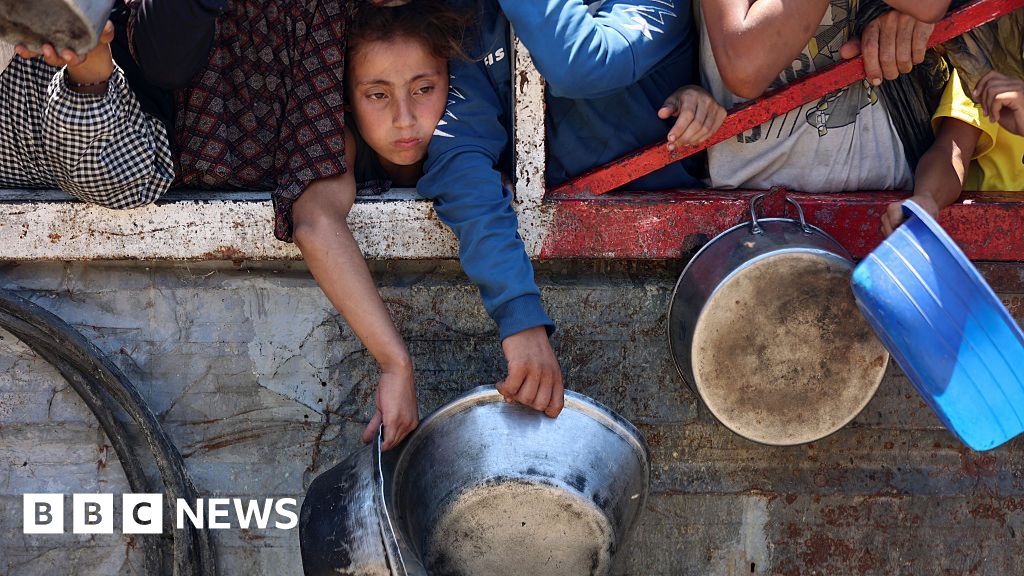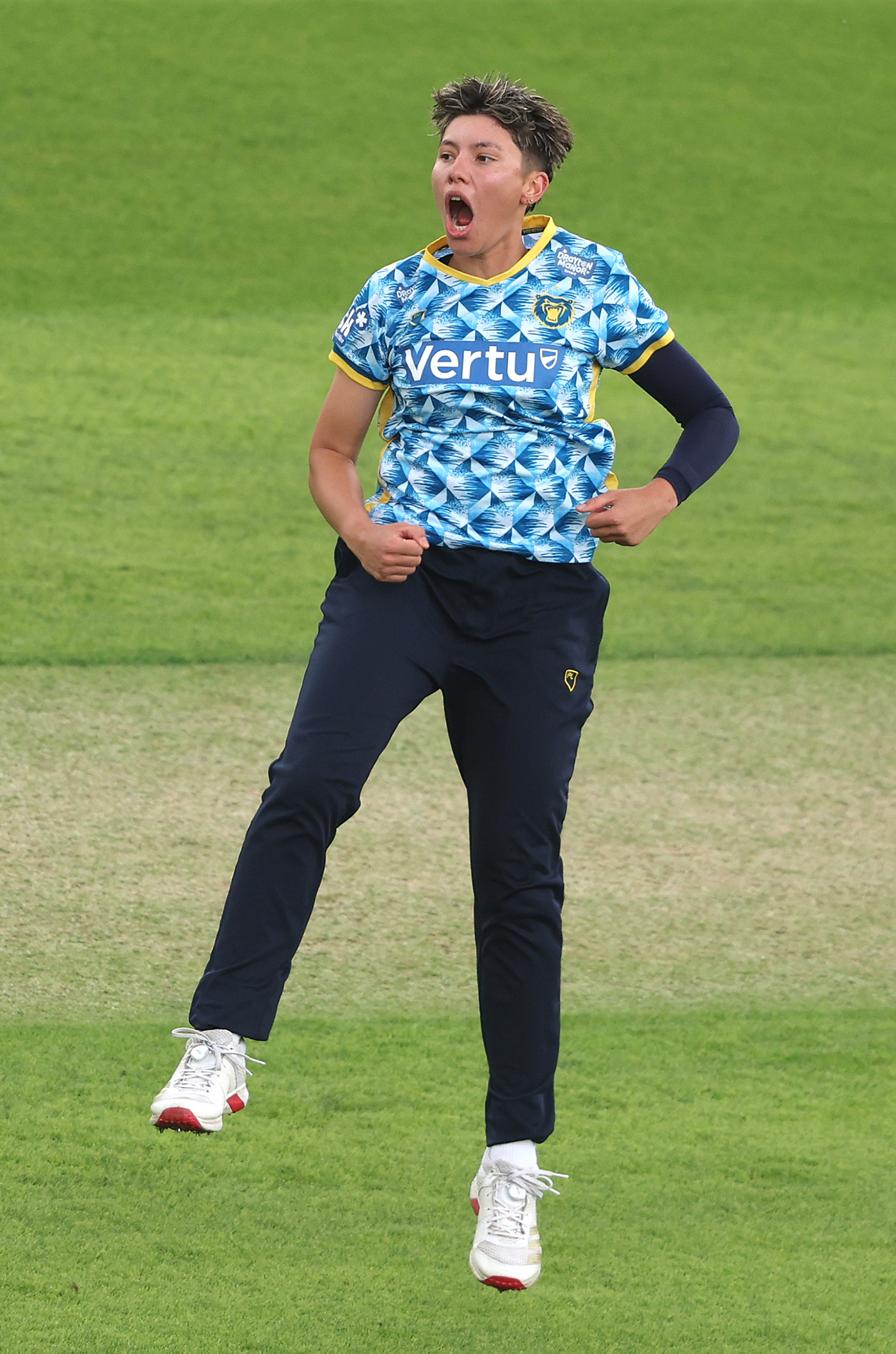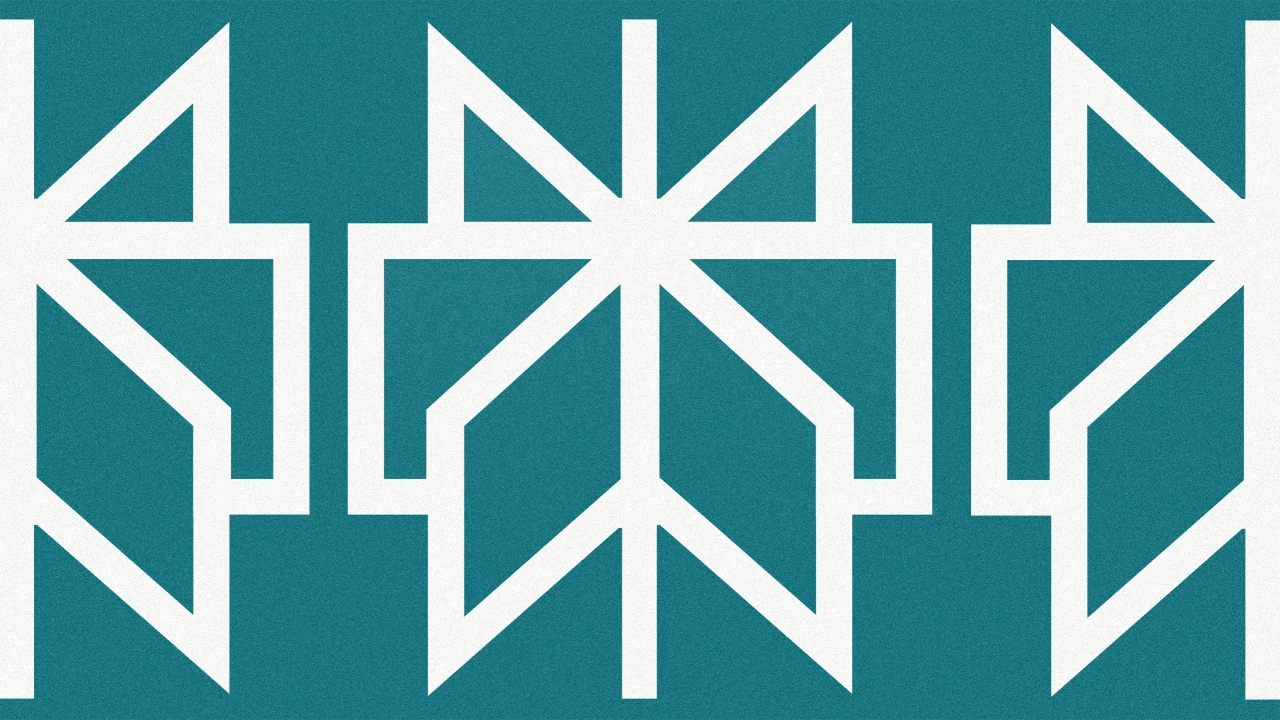5 Stunning Examples of Data Visualization to Inspire Your Next Project

Data visualization can enhance your projects by providing clear insights and compelling narratives. Consider how Minard’s map illustrates troop losses during Napoleon’s campaign, or how John Snow’s cholera map connects illness to water sources. Each example showcases how effective visuals can communicate complex information. By exploring these innovative uses of data, you can discover techniques that might transform your own work. Let’s examine these stunning examples in detail.
Key Takeaways

- The Napoleon March Map effectively illustrates troop decline and harsh conditions, showcasing the power of visual storytelling in historical contexts.
- John Snow’s cholera outbreak map highlights the correlation between deaths and water sources, influencing public health policies with compelling dot distribution visuals.
- Florence Nightingale’s spiral chart on Crimean War mortality emphasizes the impact of disease on soldiers, advocating for healthcare reforms through innovative data representation.
- An interactive government budget treemap allows users to explore federal spending visually, promoting transparency and engagement with taxpayer money allocation.
- Selfiecity’s analysis of global selfie trends blends art and data, revealing cultural differences and challenging assumptions about social media’s ubiquity through effective visualization.
Napoleon March Map

When you explore the Napoleon March Map, created by Charles Joseph Minard in 1869, you’ll discover a compelling visual representation of Napoleon’s 1812 campaign to Moscow.
This map is a standout among good data visualization examples, illustrating troop decline from 470,000 to 10,000. The width of the line indicates troop count, whereas the color shows movement direction, making it an effective data visualization.
The temperature line graph adds depth by depicting the harsh conditions faced by soldiers. By combining quantitative data with geographical representation, Minard‘s work serves as one of the best data visualizations.
It’s an excellent reference for comprehending information visualization, showcasing creative data visualization examples that inform, engage, and teach about military logistics and consequences.
1854 Broad Street Cholera Outbreak Map

The 1854 Broad Street Cholera Outbreak Map, crafted by John Snow, stands as a landmark in data visualization history, effectively illustrating the link between cholera deaths and a contaminated water source.
This beautiful data visualization employed a dot distribution method, enabling you to see the concentration of fatalities.
Here are four key aspects to take into account:
- It highlighted the spatial relationship between deaths and the Broad Street pump.
- The map served as a compelling example of good data visualization.
- It demonstrated effective data visualization techniques, avoiding bad visualization examples.
- Snow’s work remains a great data visualization example, influencing public health policies and urban planning.
This creative data visualization paved the way for future advancements in the field.
Causes of Mortality in the Crimean War
Florence Nightingale’s visualization of the causes of mortality in the Crimean War serves as a pivotal example of how effective data representation can influence public health.
Using a spiral chart, she contrasted total deaths with combat-related fatalities, revealing that around 60% of soldier deaths were attributable to disease. This stunning data visualization method highlighted the critical need for healthcare reforms, showcasing great data visualization principles.
Nightingale’s approach stands among the best data visualization examples, merging statistical data with compelling design, making complex information accessible.
By utilizing simple data visualization examples, she influenced military health policies and established nursing standards.
When exploring types of data visualization, consider how impactful visuals can transform public perception and lead to necessary changes in health practices.
Interactive Government Budget

Data visualization continues to play a significant role in improving public comprehension of complex information, as demonstrated by the Interactive Government Budget. This innovative tool allows you to explore federal spending in an engaging way through a treemap visualization.
Here’s what makes it effective:
- User-Friendly Interface: It breaks down expenditures into categories and subcategories.
- Color Coding: Visual elements help identify significant spending areas quickly.
- Interactive Exploration: You can drill down into specific budget areas for detailed insights.
- Transparency Shift: This tool promotes awareness of taxpayer money allocation.
Utilizing the best data visualization tools, this example showcases how pretty data visualizations can boost public awareness, avoiding bad data visualisation practices during the provision of clear examples of visualization platforms.
Selfiecity

Exploring the intriguing world of selfies, Selfiecity presents a data visualization project that analyzed 120,000 selfies collected from various cities around the globe. This project reveals unique trends such as head tilt angles, pose variations, and smile frequency, mainly among younger individuals. Through effective data visualization techniques, it showcases the geographic distribution of selfies, emphasizing cultural differences in aesthetics. Surprisingly, it likewise suggests that selfies may not be as ubiquitous as often assumed. Selfiecity stands as one of the best data viz examples, blending art with data analysis to tell compelling stories.
| Trend | Observation | Key Insight |
|---|---|---|
| Head Tilt | Varied by city | Cultural influence on selfies |
| Pose Variation | Different styles noted | Regional selfie preferences |
| Smile Frequency | Age and gender linked | Demographic tendencies |
| Gender Ratio | Mainly young | Youth engagement in selfies |
| Prevalence | Less common than thought | Challenges social media norms |
Frequently Asked Questions

What Is a Real Life Example of Data Visualization?
A real-life example of data visualization is John Snow‘s 1854 map of the cholera outbreak in London.
He plotted cholera deaths by household, linking them to a contaminated water well. This visual representation revealed essential information, leading to public health reforms and the foundation of modern epidemiology.
What Are the 5 C’s of Data Visualization?
The 5 C’s of data visualization are Context, Content, Clarity, Creativity, and Consistency.
First, consider Context to understand your audience and the purpose behind the visualization.
Next, focus on Content, guaranteeing you select relevant data that supports your narrative.
Clarity is essential; keep designs simple so viewers can quickly grasp the information.
Creativity encourages innovative techniques to engage your audience, whereas Consistency guarantees your visuals maintain a cohesive style throughout.
What Are the 3 C’s of Data Visualization?
The 3 C’s of data visualization are Clarity, Creativity, and Context.
Clarity guarantees your visuals are easy to read and interpret, so avoid clutter and use clear labels.
Creativity allows you to engage your audience with innovative designs that effectively convey your message.
Context provides background information that helps viewers understand the significance of your data.
Perfecting these elements will improve your visualizations, making them more impactful and informative for your audience.
What Are Some Examples of Data Visualization Techniques?
Data visualization techniques include bar charts, which compare quantities across categories effectively.
Line charts illustrate trends over time, whereas heatmaps use color gradients to show data intensity.
Scatter plots display relationships between two numerical variables, helping you identify clusters or outliers.
Infographics combine visuals and text for succinct storytelling, engaging your audience.
Finally, interactive dashboards allow for dynamic data exploration, enabling real-time filtering and deeper analysis of specific metrics.
Conclusion

Incorporating data visualization into your projects can greatly improve your storytelling and analytical capabilities. By studying examples like Minard’s map and John Snow’s cholera outbreak map, you can learn to present complex information clearly. Consider using interactive elements, as seen in the government budget treemap, to engage your audience. Furthermore, exploring modern topics like Selfiecity can inspire innovative approaches. In the end, effective visualization not just informs but also captivates, making your data more impactful and accessible.
Image Via Envato
This article, "5 Stunning Examples of Data Visualization to Inspire Your Next Project" was first published on Small Business Trends
What's Your Reaction?
 Like
0
Like
0
 Dislike
0
Dislike
0
 Love
0
Love
0
 Funny
0
Funny
0
 Angry
0
Angry
0
 Sad
0
Sad
0
 Wow
0
Wow
0






























































































